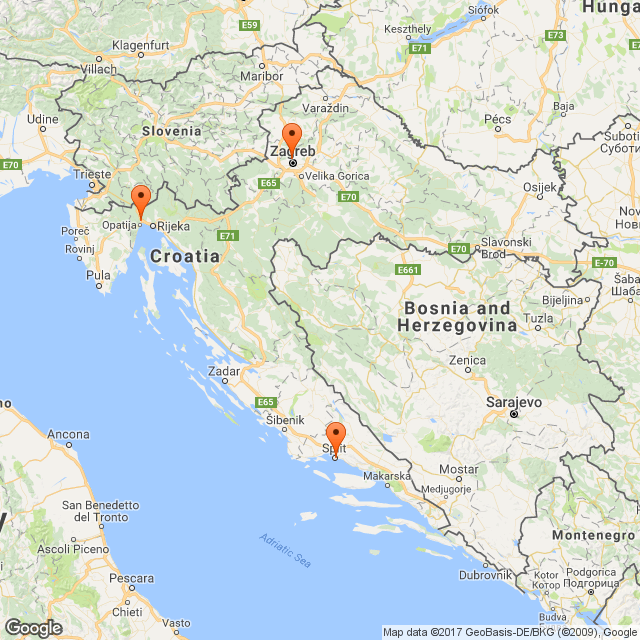Total hip endoprosthesis

The most common reason for total hip endoprosthesis is a progressive hip arthrosis. Most hip arthroses are primary which means that the causes of arthrosis are unknown, while secondary arthroses are due to certain disorders: most often as a result of an inadequate hip development (dysplasia), or after a joint trauma (fractures, dislocation of the hip).
Inserting a total hip endoprosthesis is one of the most frequent and most successful procedures of modern orthopaedic surgery. A modern technology in the production of the endoprosthesis, and high quality biomaterials as well as advanced surgical techniques allow rapid postoperative recovery and complete disappearance of pain present before surgery. The rehabilitation of muscles and an increased span of motion in the operated joint return the possibility to move and perform daily activities without the help of crutches or walking sticks, while younger patients are able to successfully (with certain limits) engage in recreational sports.
Insertion techniques
In our institution, the classical inserting of a total hip endoprosthesis usually lasts between 60 and 90 minutes. After the preoperative treatment, the surgery is performed with a precise surgical technique on the dislocated hip joint,. It is important to note that the muscle damage is minimal, allowing for rapid rehabilitation with a preserved function of the hip muscles.
In case of dislocation, the thigh bone (femoral neck) is sawn and removed together with the femoral head. Then, the acetabulum (the cup-shaped socket of the hip bone) is treated and with special instruments, extended to the desired size that has been preoperatively measured on radiographic image. After that, depending on the type of endoprosthesis, the cup is put into place. In cementless prosthesis, the cup is inserted into the socket and if necessary additionally fixed with special screws. In cemented endoprosthesis, cement is used as a means of strengthening the cup and the acetabular bone.
 Having placed the cup, the femur (thigh bone) is treated in the same way. First the central canal of the bone is expanded to the desired size, and then, the femoral prosthesis (stem) is fixed. While in a cementless type of endoprosthesis, the stem is hammered into the femur, in the cemented stem, the cement is used in the same way as in the cup replacement. After inserting the stem, the head is placed on it and repositioning is performed (i.e. placing the head back into the cup). All three components of the endoprosthesis (cup, stem and head) are available in different sizes and are individually adapted to each patient. This reconstructs the anatomy of the hip and equalizes the leg lengths that are often unequal before surgery. After testing the joint movement and its stability, the closure of the operative field is performed by stitching joint capsule sutures, and then, the musculature and final subcutaneous tissues with special intradermal sutures below the level of the skin. Such sutures are not necessary to remove as they are not visible and are aesthetically most suitable for thin scar that eventually fades away.
Having placed the cup, the femur (thigh bone) is treated in the same way. First the central canal of the bone is expanded to the desired size, and then, the femoral prosthesis (stem) is fixed. While in a cementless type of endoprosthesis, the stem is hammered into the femur, in the cemented stem, the cement is used in the same way as in the cup replacement. After inserting the stem, the head is placed on it and repositioning is performed (i.e. placing the head back into the cup). All three components of the endoprosthesis (cup, stem and head) are available in different sizes and are individually adapted to each patient. This reconstructs the anatomy of the hip and equalizes the leg lengths that are often unequal before surgery. After testing the joint movement and its stability, the closure of the operative field is performed by stitching joint capsule sutures, and then, the musculature and final subcutaneous tissues with special intradermal sutures below the level of the skin. Such sutures are not necessary to remove as they are not visible and are aesthetically most suitable for thin scar that eventually fades away.
For specific indications a combination of a cemented and cementless cup stems are used. Such endoprosthesis is called a hybrid. The animation shows the insertion of a hybrid total hip endoprosthesis.

